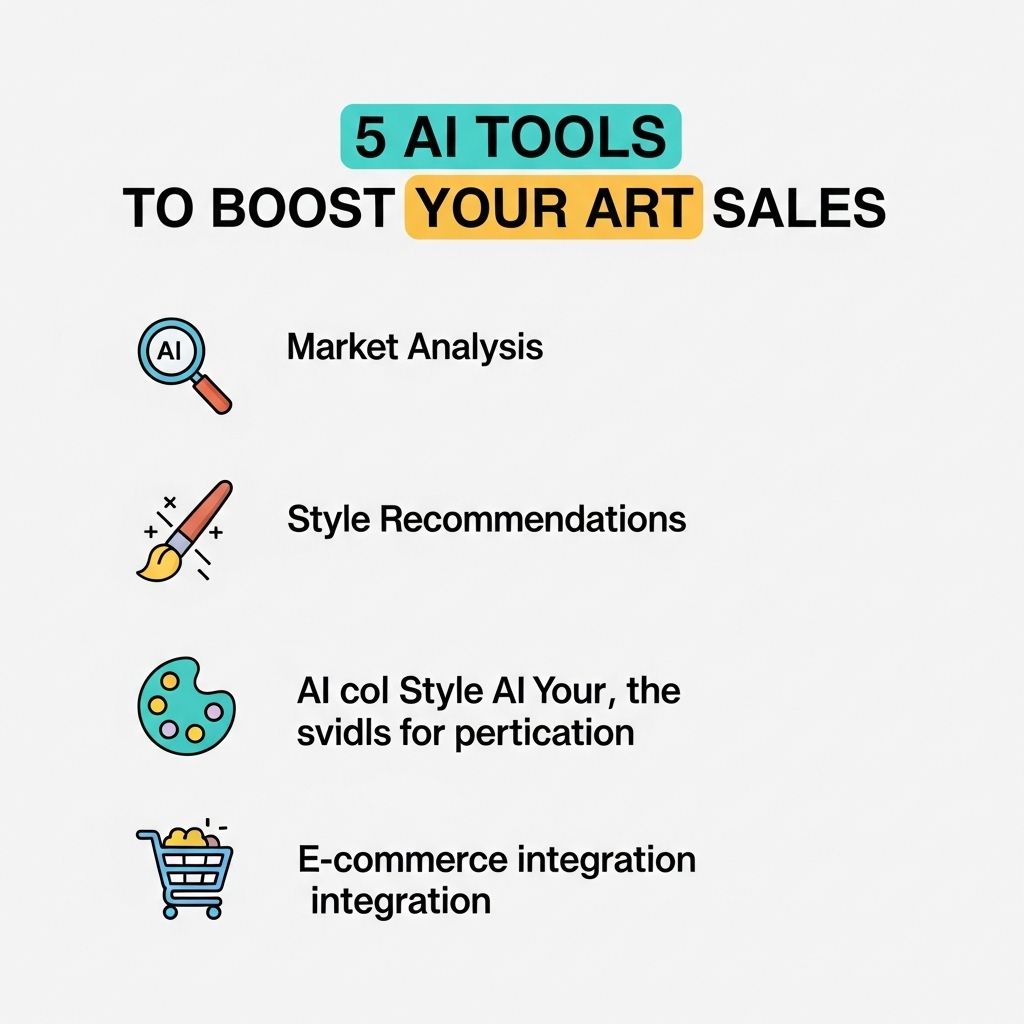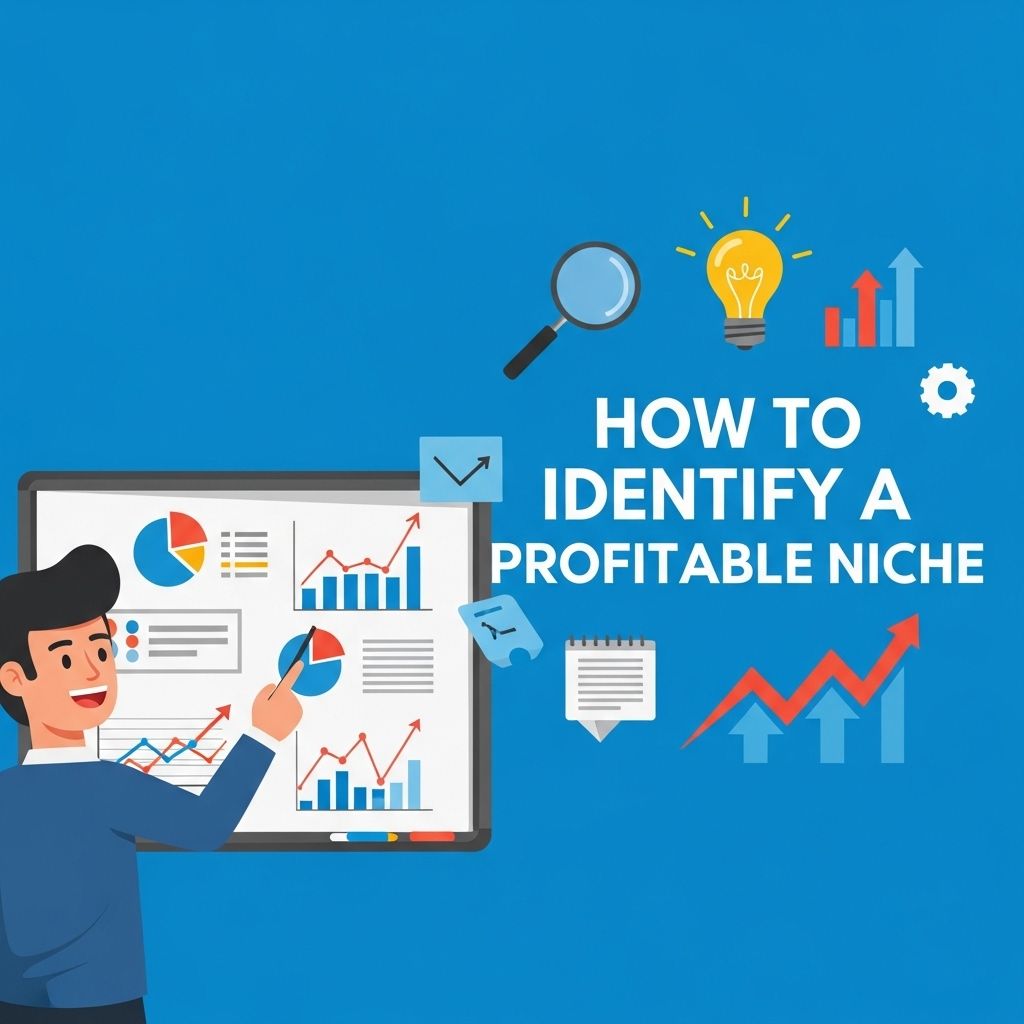In the ever-evolving landscape of art sales, artists and galleries are increasingly turning to innovative technologies to enhance their business strategies. Artificial intelligence (AI) has emerged as a powerful tool, enabling art professionals to optimize their sales processes, understand market trends, and engage with consumers in novel ways. This article delves into five AI tools that can significantly boost your art sales, providing insights into their features and how they can be leveraged effectively.
Understanding AI in Art Sales
Before diving into specific tools, it’s essential to understand how AI functions in the context of art sales. AI refers to the simulation of human intelligence in machines that are programmed to think and learn like humans. In the art market, this technology can analyze data trends, predict consumer behavior, and enhance marketing strategies.
Key Benefits of Using AI Tools
- Data Analysis: AI can process vast amounts of data to identify trends and insights.
- Personalization: Tailors marketing strategies based on consumer preferences.
- Efficiency: Automates repetitive tasks, allowing artists to focus on creativity.
- Market Predictions: Provides forecasts based on current market dynamics.
Top 5 AI Tools for Art Sales
1. ArtBinder
ArtBinder is an innovative platform that streamlines the process of presenting and selling art. Designed specifically for galleries and artists, it integrates AI to help users manage their collections, create beautiful presentations, and analyze sales data.
- Features:
- Customizable portfolio presentations.
- Sales analytics to track performance.
- Mobile access for on-the-go management.
With ArtBinder, artists can showcase their work in a professional manner and gain insights that can lead to improved sales strategies.
2. Artsy
Artsy is an online platform connecting collectors with galleries and artists worldwide. Utilizing AI, Artsy enhances user experience by recommending artworks based on browsing behavior and preferences.
- Key Features:
- Advanced search functionality powered by machine learning.
- Personalized recommendations for users.
- Insights into market trends and pricing.
This tool allows artists to reach a broader audience and engage potential buyers more effectively.
3. Artprice
Artprice is one of the leading databases for art market information. It uses AI to analyze auction results and provide data-driven insights to artists and collectors.
- Benefits:
- Access to comprehensive auction database.
- Market forecasts based on historical data.
- Pricing tools to help artists set competitive prices.
By leveraging Artprice, artists can make informed decisions about pricing their work and identifying market opportunities.
4. Daz 3D
Daz 3D is a creative software that harnesses the power of AI to assist artists in designing digital art and animations. The tool provides a library of assets and utilizes AI for rendering processes, making it easier to create stunning visuals.
- Features:
- AI-driven rendering to enhance image quality.
- Extensive library of 3D assets.
- Community support and tutorials for skill enhancement.
This tool is particularly beneficial for digital artists looking to enhance their artwork’s quality and marketability.
5. Canva
Canva is a graphic design platform that has recently integrated AI features to assist users in creating eye-catching marketing materials. For artists, this tool can be invaluable in promoting their work through social media, email campaigns, and more.
- Key Features:
- User-friendly interface with drag-and-drop functionality.
- AI-generated design suggestions and image enhancements.
- Templates specifically tailored for art marketing.
With Canva, artists can create professional-looking promotional materials that stand out in crowded marketplaces.
Integrating AI Tools into Your Art Sales Strategy
Adopting AI tools can transform your approach to art sales, but integration is key. Here are some strategies to effectively incorporate these tools:
Identifying Your Needs
Before selecting an AI tool, assess your specific needs as an artist or gallery:
- Are you looking to improve your online presence?
- Do you need better sales analytics?
- Is your goal to reach new audiences?
Trial and Evaluation
Many AI tools offer free trials or basic versions. Take advantage of these opportunities to evaluate which tool best suits your requirements. Consider:
- User interface and ease of use.
- Integration with existing platforms.
- Available support and resources.
Ongoing Training and Adaptation
As you incorporate AI tools into your practice, invest time in learning how to use them effectively. Engage with tutorials and community resources to get the most out of these technologies.
Conclusion
Incorporating AI tools into your art sales strategy can lead to significant improvements in efficiency and market reach. From analytics that inform pricing to platforms that connect you with buyers, the right tools can empower you to maximize your sales potential. By understanding your needs and leveraging the capabilities of these technologies, artists can thrive in a competitive landscape.
FAQ
What are the top AI tools for boosting art sales?
Some of the top AI tools include Artfinder for personalized recommendations, Artsy for market insights, Canva for marketing designs, Printful for on-demand printing, and Shopify for e-commerce optimization.
How can AI help increase visibility for my artwork?
AI tools can analyze market trends and customer preferences, helping you tailor your marketing strategies and reach a wider audience through targeted advertising.
Can AI assist in pricing my artwork effectively?
Yes, AI algorithms can analyze similar art sales data to suggest competitive pricing, ensuring your artwork is priced appropriately based on market demand.
Is it possible to automate social media marketing with AI?
Absolutely! AI tools can schedule posts, analyze engagement, and even generate content that resonates with your audience, saving you time and enhancing your online presence.
How does AI enhance customer engagement for art sales?
AI can personalize customer experiences through chatbots and recommendation systems, providing tailored suggestions and support that keep potential buyers engaged.




